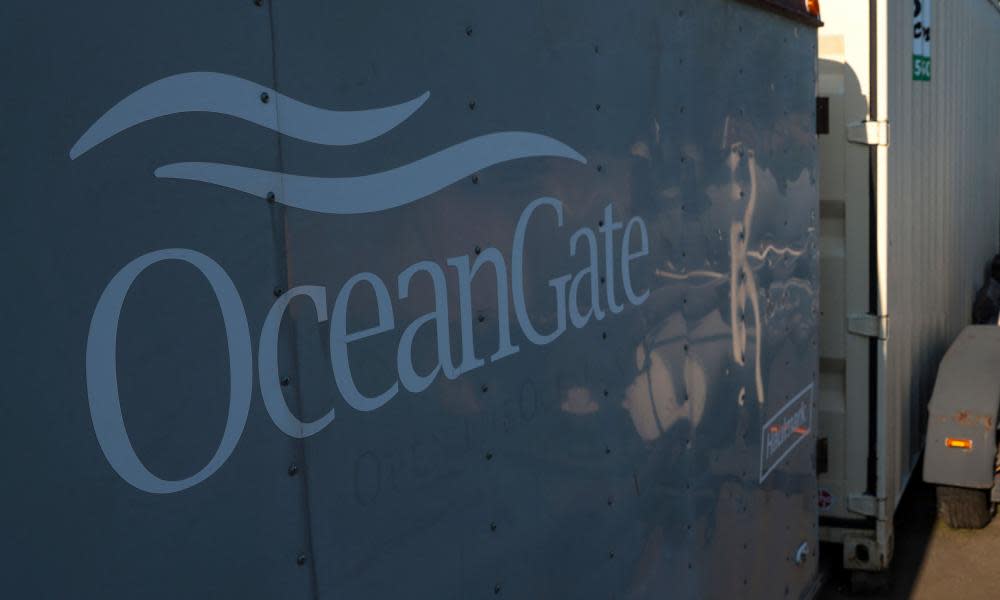OceanGate CEO Stockton Rush created ‘mousetrap for billionaires’, says friend

A one-time passenger of the submersible that imploded over the wreck of the Titanic last month, killing five, has reportedly said he believes OceanGate’s CEO, Stockton Rush, who died in the accident, knew that expeditions of the Titan craft would end in disaster but continued to create a “mousetrap for billionaires”.
Karl Stanley, who was interviewed by 60 Minutes Australia on Sunday, told the broadcast that he’d warned his friend that the carbon fiber and titanium craft was dangerous.
“He definitely knew it was going to end like this. He literally and figuratively went out with the biggest bang in human history that you can go out with,” Stanley said. “He was the last person to murder two billionaires at once and have them pay for the privilege.”
“I think Stockton was designing a mousetrap for billionaires,” Stanley added.
Stanley, who had been on a dive with Rush in the Bahamas in 2019, said in the interview that he had “no doubt” in his mind “that it was the carbon fiber tube that was the mechanical part that failed” during the Titan’s final trip. The US Coast Guard said soon after wreckage of the Titan was located off the bow of the Titanic that it appeared to have had a “catastrophic loss of the pressure chamber”.
Photos of pieces of the Titan taken in Canada showed structural titanium rings front and rear of the Titan are believed to support the theory that the carbon fiber tube collapsed under the intense pressure of water at that depth.
The accident is currently under investigation by the US Coast Guard, the Transportation Safety Board of Canada and the UK Marine Accident Investigation Branch.
Stanley, who runs a deep-sea exploration company in Honduras, Stanley’s Submarines, has previously said that after he made his trip on the Titan he sent an email to Rush warning him of suspected defects.
“What we heard, in my opinion ... sounded like a flaw/defect in one area being acted on by the tremendous pressures and being crushed/damaged,” Stanley wrote in an email obtained by CNN.
“From the intensity of the sounds, the fact that they never totally stopped at depth, and the fact that there were sounds at about 300 feet that indicated a relaxing of stored energy /would indicate that there is an area of the hull that is breaking down/ getting spongy,” Stanley wrote to Rush.
In his latest comments, Stanley said in the interview with 60 Minutes that he was brushed off by Rush, who railed against “uninformed accusations from industry pundits” and had incited Rush to push forward with his doomed project.

